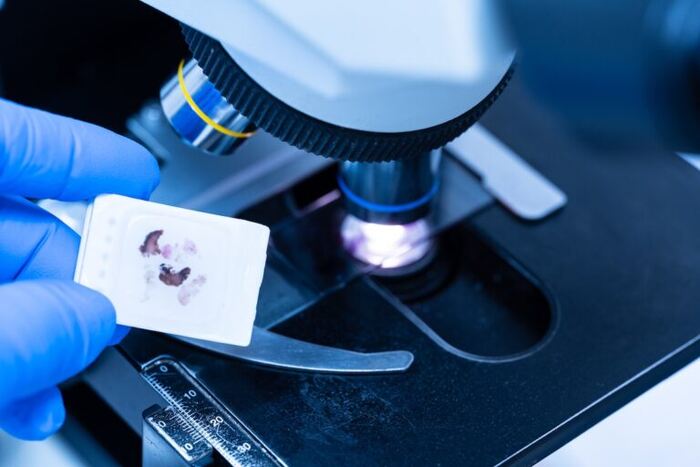Research in pathology relies on consistency. Each observation, test, and result contributes to advancing clinical knowledge. When data remains uniform across different environments and periods, conclusions hold greater strength. Laboratories worldwide have emphasized uniform procedures to minimize variability in sample handling.
The widespread use of the FFPE sample offers a way to meet this goal. These samples preserve biological material in a stable format, allowing scientists to revisit them across timelines without changes in structure or quality. Their ability to remain intact is a major reason they have become essential in laboratories around the world.
Consistency of Sample Storage and Use
Pathology labs prioritize preservation methods that do not affect the original form of tissues. FFPE tissues are stored at room temperature in a solid form that prevents external elements from altering their condition. This kind of sample does not require constant refrigeration, making it easier to manage in busy environments.
The storage method used ensures that tissues stay intact for decades. This gives researchers a dependable reference point. Re-examination of samples after extended periods continues to produce steady results, reducing concerns over inconsistencies.
Widespread Applicability in Research Centers
Research institutions curate extensive libraries of preserved samples, each prepared using standardized techniques. This uniformity enables researchers to collaborate and compare data across multiple centers confidently. Consistent processing methods ensure that sample characteristics remain reliable and comparable, regardless of their origin.
This level of coordination helps in establishing broader patterns. Studies often need inputs from multiple datasets, and FFPE tissues are easily integrated due to their standardized format. The approach is commonly followed in teaching hospitals and specialized diagnostic centers.
Stable Quality for Molecular Studies
Researchers in molecular pathology focus on fine details. FFPE tissues support this work by offering a reliable structure for extracting nucleic acids and proteins. Labs worldwide often rely on these preserved tissues to identify subtle biological patterns.
Several features make FFPE particularly well-suited for molecular applications:
- It allows access to both historical and recent samples with consistent quality
- Techniques used on FFPE material are applied without modification
- Archived samples remain suitable for gene and protein expression studies
- Researchers can detect low-abundance biomarkers across diverse tissue types
- Stability supports automation and standardized equipment use
Reliable Source for Time-Based Studies
FFPE archives contain collections that span decades. Each preserved sample links to its clinical history, allowing a detailed view over time. This long-term perspective helps researchers uncover patterns that may take years to emerge. With every sample providing the same level of clarity, findings remain consistent and easy to verify.
Data gathered from these archives allows researchers to trace patterns across large intervals. This long-term view adds value to conclusions drawn from pathology research. With every sample providing the same level of clarity, findings remain consistent and easy to verify.
Reliable Support Behind Every Sample
A strong foundation of reliable processes is crucial to the success of any research study. Ensuring that each sample is handled with care and precision starts with working alongside providers who prioritize consistency and understand the demands of fast-paced research environments. From careful preparation to timely delivery, having steady support in place allows research teams to concentrate on their findings. When the foundational elements are managed well, the focus can stay where it matters most on producing accurate, repeatable outcomes.
The FFPE sample offers a dependable format for pathology research requiring long-term access to unchanged biological material. Through steady handling and clear processes, research outcomes remain uniform, making these samples essential in laboratories across the country. With clear preparation standards and long-term usability, these samples continue to serve as a reliable foundation across varied studies and laboratory settings.


